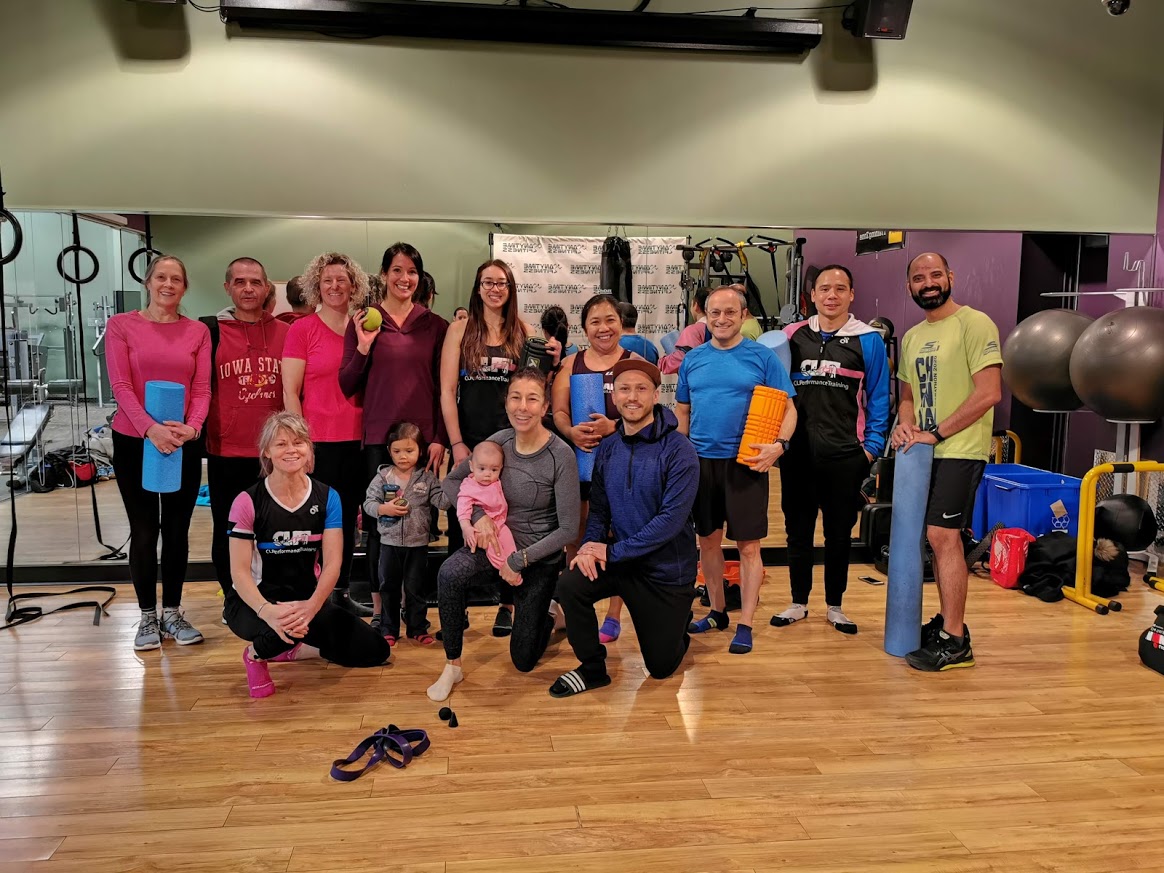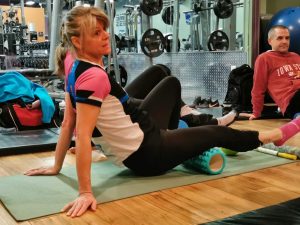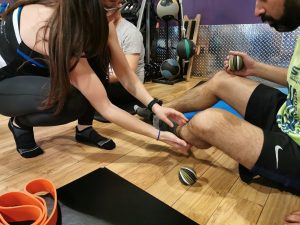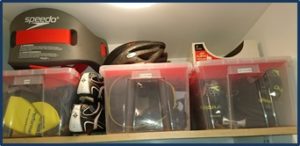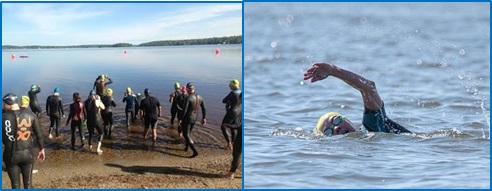 Coach Sophie recently completed her registered massage therapist designation, and shares her knowledge about keeping your muscles, fascia and ligaments healthy and happy at a Foam Rolling Clinic. Here is her recap of the session.
Coach Sophie recently completed her registered massage therapist designation, and shares her knowledge about keeping your muscles, fascia and ligaments healthy and happy at a Foam Rolling Clinic. Here is her recap of the session.
Last Sunday a group of motivated CLPT athletes got together for a different kind of training session. This session didn’t involve any big bike rides, long runs, or hard efforts. It was all about recovery and rehabilitation. Recovery is something every athlete knows the value of, but with all the different tools and tips out there, how do we decide what routine is best for us?
Foam rolling is one of the best ways to give your muscles a bit of self-care. With one basic tool you can release tension in almost any muscle in your body. Foam rolling helps to lengthen muscles, increase blood flow, reduce tension, alleviate knots, and reduce trigger points. It can be used as a warm up tool before workouts, as a recovery tool after exercise, and on its own to release stress and tension from the body.
I got a lot of questions from our athletes about when to use the foam roller and how to use it before or after workouts. There are different techniques we can try to get different responses from our muscles. For example, using a lengthening technique (such as rolling up and down on your calf) is going to stretch and relax your muscles. This type of technique is good for post-workout recovery. We don’t want to do too much lengthening and relaxing of muscles before a workout because they will have a harder time trying to maximally contract. Especially if you’re performing explosive or powerful movements. Using the foam roller to apply deep pressure on knots or trigger points is also great for recovery after a workout, but should not be used before exercise.
Keeping this in mind, it is beneficial to roll lightly before a workout. Light foam rolling increases blood flow and can help our muscles warm up. If you want to include foam rolling as part of your warm up routine, here’s what I suggest:
- Avoid any deep pressure
- Don’t try to break up any nots or tight spots
- Roll lightly over major muscle groups
- Stick to the areas you will be relying on during your workout
I like to spend 3 minutes lightly rolling out my feet and calves before a run. I often have issues with my lower leg muscles feeling tight and over worked so I use the foam roller to get my muscled warmed up before I put on my running shoes. My full warm up routine also includes activation exercises for my glutes and hamstrings such as bodyweight squats and glute bridges.
This will help make sure my glutes are firing properly to push myself forwards rather than relying on my calves to do all the work. After a workout, I spend more time getting deeper into my muscles, using cross friction techniques to break up adhesions or tight muscle tissue. Rolling out my quads and using knee bends to really lengthen the muscles. This is where you can take your time are work out those tight spots.
Our CLPT athletes learned how to use some new tools for roam rolling and recovery. I recommended that everyone take away 3 techniques they liked and start using them in their weekly training plans. Foam rolling is something some people like to use every day, but most athletes can easily forget to use it daily. Try adding foam rolling arou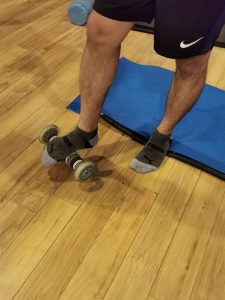 nd your big workouts to keep it simple. Aim to use it about 3 days a week to see how your muscles respond.
nd your big workouts to keep it simple. Aim to use it about 3 days a week to see how your muscles respond.
Here is my post workout rolling routine (5-10 min):
- Tennis ball on the bottom of my feet, rolling and cross frictions
- Foam roller on my calves with ankle movements
- Roll along my shins into the tops of my feet
- Roll through hamstrings, IT band, and adductors (inner thigh)
- Roll through quads with knee bends
- Roll into hip and hip flexors
- Cross friction rolling on glutes
- Roll through low back
- Tennis ball on low back close to spine, bring knee to chest
